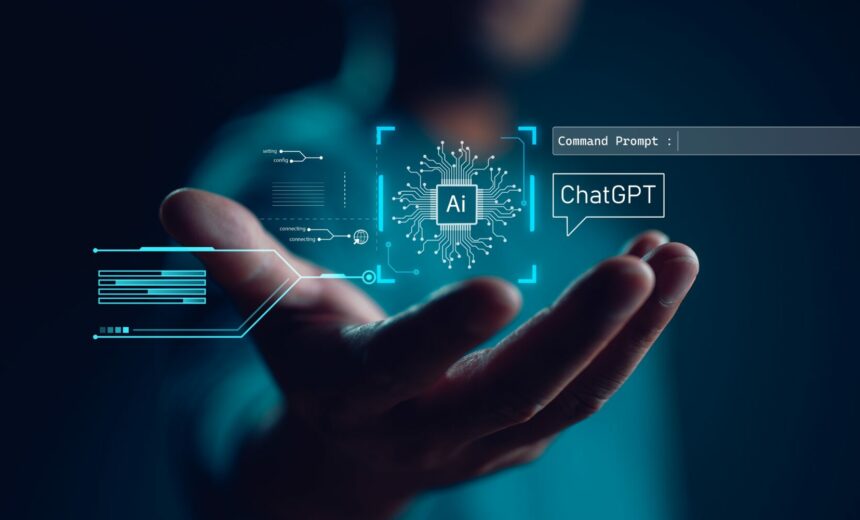Generative AI technology can create useful types of new content in audio, graphical, and text formats. With the right instructions and knowledge inputs it can write code, produce music, and author narratives. So why not apply the same basic premise to have generative AI produce things that we need to support customers.
For Customer Support in particular, there are many potential applications of this technology, however there are three that stand out as “killer” use cases:
The first is providing customers with the contextually relevant answer to their specific needs.
The second is detecting customer risk and developing alerts and a customized remediation plan to mitigate this risk.
The third is delivering intelligent proactive support by creating customized support journeys and plans to indicate the type and intensity of support needed to help customers before problems occur.
Each of these three applications will rely on generative AI to recognize the specific context of customers’ needs and develop an action or answer specifically crafted to meet the unique circumstances.
Scaling Human Intelligence
We can deliver these support use cases today, but it requires human intelligence to understand and synthesize a customer appropriate response. Human intelligence works, but it does not scale.
Imagine an artificial intelligence emulating human intelligence to understand needs and context with the ability to formulate a “personal” response to each customer.
AI enabled technologies can be trained to perform these functions and taught to generate useful content. AI can perform at massive scale.
Tech-Touch and Personal Engagement
The detection of customer needs and generation of a responses – the answer, a risk mitigation plan, or proactive customer journey – may be delivered through fully digital means directly to customers or as a roadmap prepared for human delivery by a Support rep, Technical Account Manager, or CSM.
As AI determines the need and generates a response it can also decide how best to deliver a response to a customer. Not every interaction will require the direct involvement of humans so many support events will be fully digital. Human resources will be reserved for the most important interactions.
Beyond Traditional Search
The top application of support technology today is search. Search is the foundation for internal knowledge access, customer-facing self-help applications, and overall federated search across multiple knowledge repositories.
Good search sitting atop good knowledge repositories can return effective results. But most search applications provide lists of links to curated knowledge. The list of documents is dynamically generated, but the underlying knowledge presented is not.
The advantage of generative AI over today’s “typical” search-based applications is that each response will provide the answer based on the specific context of the question asked and any other information known about the user (e.g. product used, environment, previous questions asked, etc.).
From Risk Detection to Risk Mitigation
Customer support is needed when something goes wrong, or when a customer needs “how to” assistance. Reactive support interactions often indicate situations where customers can lose data, diminish productivity or worse, put people or equipment at risk.
The opportunity to mitigate risk begins by interpreting signals that portend imminent issues. The frequency of issues reported, the language used by customers, and even telemetry received from products provide useful clues that an issue may occur or escalate to become more serious.
It is impossible for any one individual to detect risk from the patterns in the data received from customers, but AI enabled tools can.
Generative AI can process the signals to create proactive notifications and may be able to create a plan for preemptive risk mitigation.
Intelligent Proactive Support
The ideal scenario for Support is to prevent issues before customers need help. Proactive support is the zenith of support efficiency. Too often, however, Support teams are consumed by reacting to customer needs and have little time to engage customers in an intelligent proactive manner.
Getting proactive begins the moment you land a new customer. You need to consider how best to help customers adopt new products, apply them successfully, and take action to minimize obstacles that may inhibit their ability to realize value.
Proactive Support Begins With A Plan
As with risk mitigation described above, generative AI can help support teams be proactive by defining recommended actions to help the customer on their journey to adopt and apply products or by avoiding circumstances that can cause future issues.
An AI generated plan can identify the stage of the customer journey and offer prescribed support, training, or adoption activities that will help the customer the most. Generative AI may also suggest the best approach to help a customer upgrade out of date technology.
Recommendations formulated by generative AI can be sent directly to customers through digital channels or delivered as guided assistance from Support reps, Technical Account Managers, or CSMs.
Start Planning Now
It is never too early to consider how you can apply the next generation of technology to support customers. Building a truly effective support application takes time and planning. Here are a few things to consider:
- Define your top use cases for Generative AI – what problems will you solve?
- Prepare a vast repository of knowledge to allow AI to understand your business and customers’ needs.
- Keep your knowledge repository fresh – Consider how inputs from product generated telemetry, logs, new case records, community discussions, and other customer or product generated signals can be used.
Generative AI is not a silver bullet but will be a promising foundation for building intelligent, scalable, and proactive support delivery infrastructure for the future.




